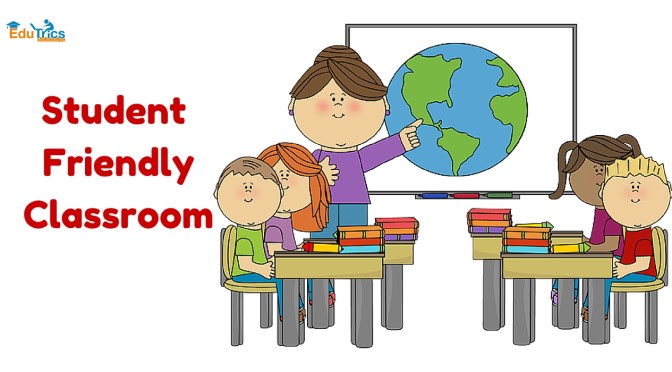
Having an inclusive student friendly classroom can be a tricky issue. However, it is a good thing for proper learning. Many a times, some students especially slow learners are usually alienated due to their slow pace in understanding new concepts. An inclusive student friendly classroom can be achieved through:
Direct teaching for the whole class
This approach works best when introducing new topics whereby you can prepare questions in advance. You can as well create problem-solving games or carry out surveys. Since students have different level of abilities, you should ensure that you adjust content to benefit every student.
To encourage all students to participate fully in all learning activities, you should give different tasks to different groups. For instance, one group can carry out a survey, another to interview school head on administration issues and so forth. You can as well interchange tasks to ensure inclusivity in every task.
You can as well have individual teaching i.e. working with a student on one-on-one basis. This can be very helpful for slow learners or new students in the classroom. You may also have individual teaching with bright students to encourage them to undertake more challenging tasks. But remember to be balanced.
Small group teaching is also very effective as it enables you to address diverse needs of students. Though time consuming, it is worth embracing. It is important to note that:
Encouraging peer tutoring and learning
This is achieved through bright students helping slow learners. It is an important educational technique as it meets individual needs of learners. It also promotes cooperative rather competitive approach to learning. This builds mutual understanding and respect between students working together. The “tutor student” takes pride in teaching while he/she learns from experience. Students’ explanations to each other can sometimes succeed where teachers’ failed.
However, as a teacher you should explain carefully to peer tutors what you want them to do. They should work with slow learners in a quiet, supportive and friendly manner. They should as well avoid impatience.
To increase independent learning in your classroom, you can ask the students to undertaking a survey so that they can have their own data to work on during the lesson. You can as well give them practical exercises to develop new concepts and new content. All this is aimed at ensuring that your classroom is inclusive and student friendly. What other of managing inclusive student friendly classrooms do you know?
Featured Image: Cliparts.co